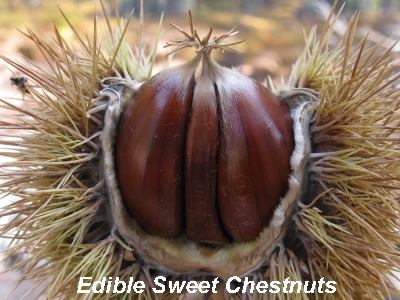Fig leaves are probably most famous for the biblical mention of Adam and Eve covering themselves with these leaves after they sinned. Personally I can´t imagine anyone wearing these rather rough and sandpaper textured leaves. Or perhaps the first couple covered themselves with the leaves of another member of the ficus family. These fig leaves come from the
Edible Fig - Ficus carica. As can be seen from the images Fig leaves are very deeply "lobed". The edible fig does drop it leaves each year. The image below is of the autumn colors.
The following image shows the bright green color of the fig leaf as well as its lumpy surface. What is not see easy to see from the image is its rough, sandpaper like texture on the top side.
The image below is of the reverse (underside) of the leaf, which is a lighter green color and is also rough but with stiff pubescent hairs. It is also very "rugose" with the veins being very visible and pronounced.
The venation of the fig leaf is "reticulate" with the secondary veins forming a network pattern. Each of the lobes also has a main vein that branches of from the rachis.
The margin is "serrate" with rounded teeth that point slightly forward.
Summary...
Shape: Lobate
Margin: Serrate
Consistency: thick and stiff
Venation: Reticulate
Texture top side: Rugose
Texture reverse: Pubescent
Color: bright green, yellow-orange in autumn
Petiole: 2-6cm


















































